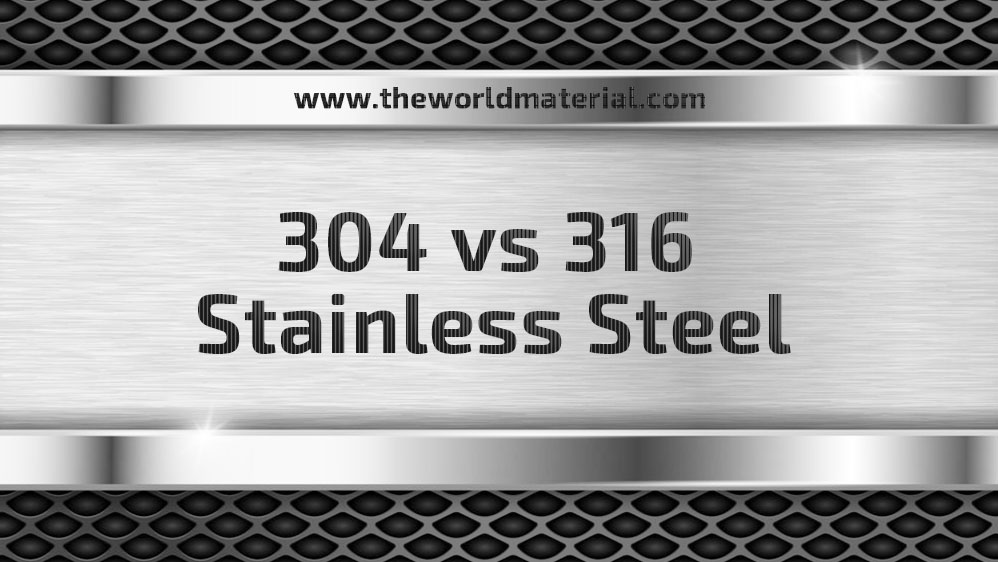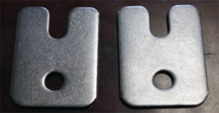
Still type 316 has more nickel than type 304 that helps 316 types resist more against chlorinated solutions such as seawater and de icing salts. 304 vs 316 stainless steel.

304 stainless is also cheaper in cost compared to 316 another reason for its popularity and widespread use.
Steel 304 vs 316. Both steels are durable and provide excellent resistance to corrosion and rust. 304 stainless steel is the most versatile and widely used austenitic stainless steel in the world due to its corrosion resistance. 304 stainless is also cheaper in cost compared to 316 another reason for its popularity and widespread use.
The key difference between 304 and 316 stainless steel in chemical composition is molybdenum element 316 haves 2 3 of it however 304 does not have this is the most important factor to decide their use range both grades have similar proportion of other alloys. Standard 304 grade can against corrosion attack due to high chromium content with low carbon content. Type 316 stainless steel is an austenitic chromium nickel stainless and heat resisting steel with superior corrosion resistance as compared to other chromium nickel steels when exposed to many types of chemical corrodents such as sea water brine solutions and the like.
Stainless steel 304 vs. 316 which is better. Well it depends on the application and needs.
The mechanical properties of both steel sheets are almost the same and both have similar makeup material. Still type 316 has more nickel than type 304 that helps 316 types resist more against chlorinated solutions such as seawater and de icing salts. 316 stainless steel is better at resisting corrosion where salt is present near the ocean or winter de icing chemicals.
316 grade is the second most common form of stainless steel. It has almost the same physical and mechanical properties as 304 stainless steel and contains a similar material make up. 304 vs 316 stainless steel.
The main difference between 304 vs 316 stainless steel is the composition and corrosion resistance ss304 doesn t contain molybdenum while ss316 contains 2 3 molybdenum. The addition of molybdenum provides pitting resistance in phosphoric acid acetic acid and dilute chloride solutions and provides corrosion resistance in sulfurous acid. The difference derives from molybdenum.
While grade 304 stainless steel only has trace amounts of it aisi 316 has considerably more. Addition of molybdenum increases corrosion resistance of 316 stainless steel especially against pitting and crevice corrosion in chloride environments. Aisi 304 vs aisi 316 which to choose.
A major difference between 304 and 316 stainless steel is the chemical composition with 316 containing a significant amount of molybdenum. Typically 2 to 3 percent by weight vs only trace amounts found in 304. As part of the five families of stainless steel 304 stainless steel and 316 stainless steel are austenitic grades that contain high levels of chromium and nickel.
This has the following impact. Chromium increases tensile strength hardness hardenability toughness resistance to wear and abrasion resistance to corrosion and scaling at elevated temperatures. As stated in an ak steel data sheet for grade 316 stainless steel the melting range of 316 ss is 2 500 f 2 550 f 1 371 c 1 399 c roughly 50 to 100 degrees fahrenheit lower than the melting point of grade 304 stainless.
This makes grade 316 alloy slightly less desirable for high temperature applications than grade 304 alloy.